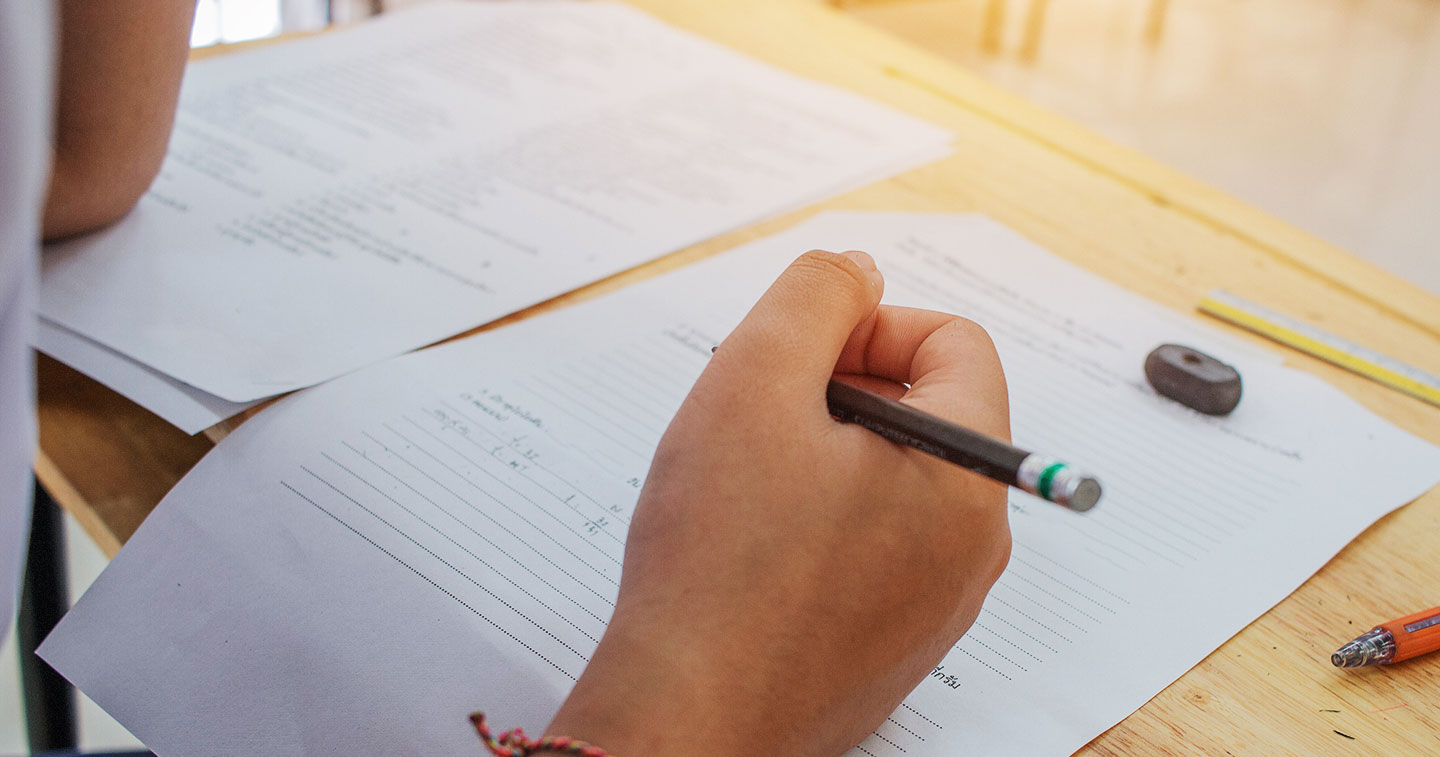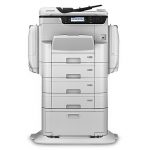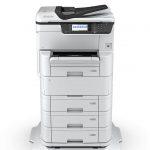MANILA, PHILIPPINES — When the pandemic hit, people from all walks of life were forced to live a “new normal” with a set of new restrictions and limitations. One of the many changes was the transition of the education system from face-to-face classes to blended learning, which proved challenging in the Philippines. For educators in Catbalogan City, they had to respond quickly to ensure that their students’ learning remains unhampered.
Transition to modular learning
DepEd has announced that it will continue to implement a distance learning approach for the new school year, which means that teachers and students who are geographically remote from one another will resume interactions outside of the traditional face-to-face setup. As technology and internet connectivity remain a problem for most students, DepEd will be providing printed module materials that contain different activities, discussion points, and performance tasks which the students need to accomplish on their own.
To be able to cater to diverse learners, all schools in the city of Catbalogan implemented a combination of modular, TV, and radio learning to make education more accessible. Cecilia Arga, Learning Resource Manager of DepEd Catbalogan City Division, and Maximiano Casino, School Head of Silanga Elementary School under SPO Catbalogan City, shared their experience with overcoming the challenges to new modes of learning.
For them, the transition was difficult due to the public’s lack of knowledge on the mode of learning to be implemented and the availability of learning resources. To help address this, the city government, together with the local DepEd division, conducted a series of trainings and provided the tools needed to produce printed modules. “We started from proper orientation of the teachers, the school heads, the parents, and even the local stakeholders. It was through proper advocacy of the learning delivery modality that the schools will be implementing, and of course, it was also all about educating the parents and most especially the learners. Then we went to the preparation of the learning resources needed by the students, that’s where we focused on next,” said Arga.
Mass producing high-quality learning modules
Anticipating the needs of students under distance learning, DepEd Catbalogan City Division and Silanga Elementary School chose to use Epson’s WorkForce Pro WF-C869R & WF-C878R multifunction printers for their supplement materials.
According to Arga and Casino, implementing modular learning means relying heavily on printers to mass produce learning materials and make them available for students on time. The school estimates that it prints 3,000 sets of materials per day, which include not only activity sheets and educational modules, but also the provision of various assessment and intervention materials used to gather insights from parents and students.
“We print intervention materials so that we’ll be able to bridge learning gaps especially for learners who are struggling with the current setup. Face-to-face classes already had its own set of issues, what more with blended learning where we do not see our students daily?” Casino explained.
Arga shared that the WorkForce Pro WF-C869R & WF-C878R multifunction printers produced good quality printouts, especially in color, which is crucial for learning materials intended for younger students. Moreover, Arga attests to the printers’ user-friendly features, and shares how tasks such as changing ink packs, diagnosis, and basic troubleshooting can be done without the help of a technician. “When schools print in large quantities, we expect that they might encounter printer issues. Most of the teachers do the troubleshooting themselves. Even without going to the suppliers, most of them can do it,” she elaborated.
Aside from its ease of use, Epson’s business inkjet printers offer high quality scanning and photocopying, which is why educators like Arga and Casino consider these printers as indispensable partners not only for the current situation, but even beyond the pandemic.
Good for both schools and the environment
As a leader in printing technologies, Epson has developed its business inkjet printers to be one of the market’s most reliable printers that bring benefits to both customers and the environment.
Epson’s Heat-Free Technology ensures that its business inkjet printers use no heat in the ink ejection process, which means less power consumption and more savings on electricity costs. With this original technology, no heat is required for printer warm up, allowing customers to save time with consistent high-speed printing. To help customers naturally reduce their environmental impact, Epson’s business inkjet printers also use fewer parts and consumables that require replacement which minimises user intervention, increases productivity, and reduces e-waste.
Visit this link to know more about Epson’s business inkjet printers.










